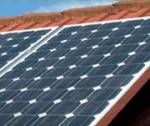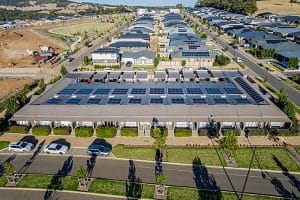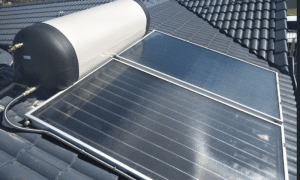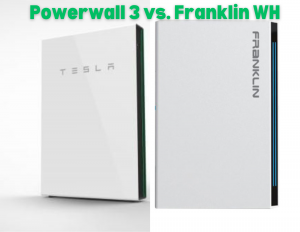Saudi Arabia plans to spend $109 billion on renewable energy projects over the next 20 years, installing more solar panels and wind power capacity than the rest of the world to date.
But the oil-rich kingdom lacks necessary expertise in establishing basic solar infrastructure, so has turned to the USA’s National Renewable Energy Laboratory (NREL) for help measuring and mapping its vital solar resources.
NREL has been contracted to set up more than 50 solar monitoring stations across the country and has hosted training sessions for Saudi engineers in America on topics such as solar radiation and how sandstorms can affect solar power plants.
“Saudi Arabia is determined to diversify our energy sources and reduce our dependence on hydrocarbons,” said Saudi team leader Wail Bamhair. “Renewable energy isn’t just an option, but absolutely necessary. We have the means to build renewable energy, and we need to do it.”
Saudi Arabia intends to double its electricity capacity by 2030, with $109 billion going towards installing a staggering 50 gigawatts of renewable energy. Solar power alone will account for 30 percent of this figure, more solar capacity than the world hosted in 2012, according to the NREL.
The country even plans to build an entire city dedicated solely to making the renewable energy vision a reality. Called the King Abdullah City for Atomic and Renewable Energy, or K.A.CARE, the city is expected to have a population of between 30,000 and 70,000 people, and will be a manufacturing and research hub where data from solar monitoring stations will be collated into a nationwide Solar Atlas.
Mapping the kingdom’s solar assets is a of premium importance to deciding where to locate large-scale solar generation plants, along with proving to stakeholders that investments in Saudi renewable projects will pay off.
“It’s important that they know precisely what the solar resource is so the financial stakeholders can know exactly what kind of return to expect,” said NREL Senior Engineer Stephen Wilcox.
“The more uncertainty in the measurements, the more uncertainty there is in the analysis. They could either make $100 million or lose $100 million based on how well the measurements are taken.”







































